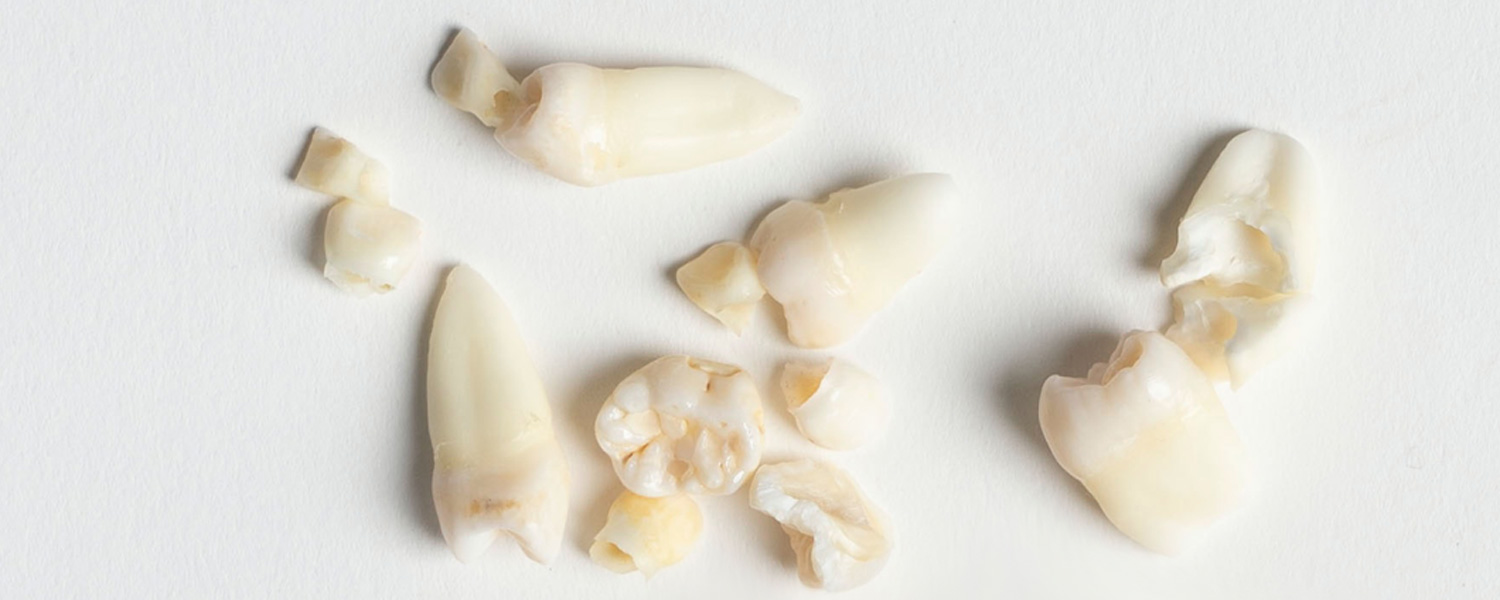Got a Broken Tooth?

Now What?
If it is not causing severe pain and does not interfere with eating or sleeping, it’s not a medical emergency. However, If a chipped tooth is not treated, it can lead to infection, tooth decay, and loss. You should see a dentist as soon as possible to have it repaired. In the meantime, a temporary fix would be using a dental orthodontic wax which is used to reduce irritation and pain from orthodontic appliances and can also be used to cover sharp edges of a broken tooth to protect your teeth and the inside of your mouth. Orthodontic waxes are available in pharmacies and a doctor's prescription is not required. Keep in mind that, If you can find the piece of the tooth that broke off, save it in glass of milk, it will keep it moist and alive. Your dentist may be able to glue the piece back onto your tooth.

To use the orthowax on the chipped tooth, take a small piece, then with your fingers roll it into a ball, now press in the broken areas of the tooth. Use the tool applicator provided in the wax kit (Orthowax Plus comes with 1) then reapply as needed. Tooth wax, also known as orthowax, can make a big difference while you're waiting for a dentist. The wax will prevent potential irritation, infections, and pain but keep in mind this is only a temporary solution until you can finally get to your dentist's office.
During your appointment, the dentist will determine the magnitude of the damage, and he/she will also explain the possible treatment needed to fix it. From basic dental filling, root canal treatment, dental crown restoration, etc are used to repair your broken tooth.
How to know if you have a chipped tooth
If the chip is minor and it is at the back of your teeth, you may not know you have it at all. So check for the following symptoms:
1. Feeling an uneven area when running your tongue over the surface of your teeth.
2. Check around the potentially chipped tooth and make sure there is no irritation of the gum.
3. Irritation of the tongue in a spot that is in direct contact with the uneven surface on the tooth.
4. Intense pain or tenderness, which could be caused by dental nerves that are now exposed.
